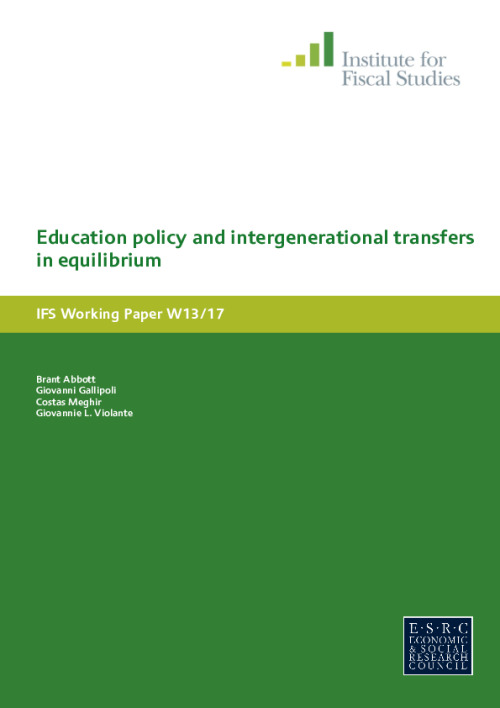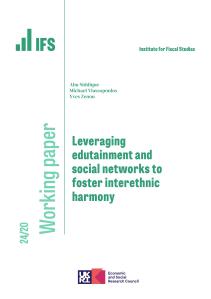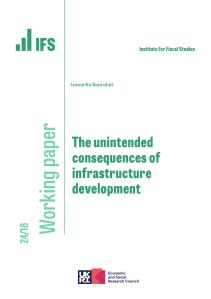This paper compares partial and general equilibrium effects of alternative financial aid policies intended to promote college participation. We build an overlapping generations life-cycle, heterogeneous-agent, incomplete-markets model with education, labour supply, and consumption/saving decisions. Altruistic parents make inter vivos transfers to their children. Labour supply during college, government grants and loans, as well as private loans, complement parental transfers as sources of funding for college education. We find that the current financial aid system in the U.S. improves welfare, and removing it would reduce GDP by two percentage points in the long-run. Any further relaxation of government-sponsored loan limits would have no salient effects. The short-run partial equilibirum effects of expanding tuition grants (especially their need-based component) are sizable. However, long-run general equilibrium effects are 3-4 times smaller. Every additional dollar of government grants crowds out 20-30 cents of parental transfers.












